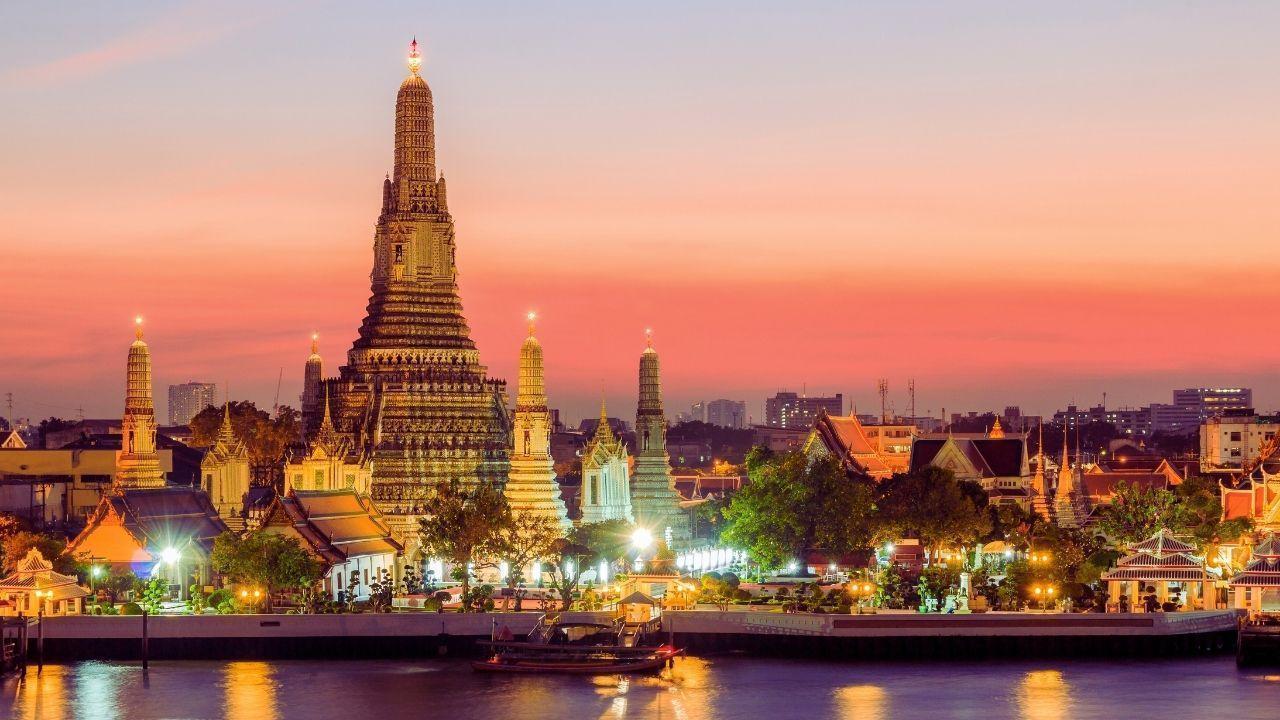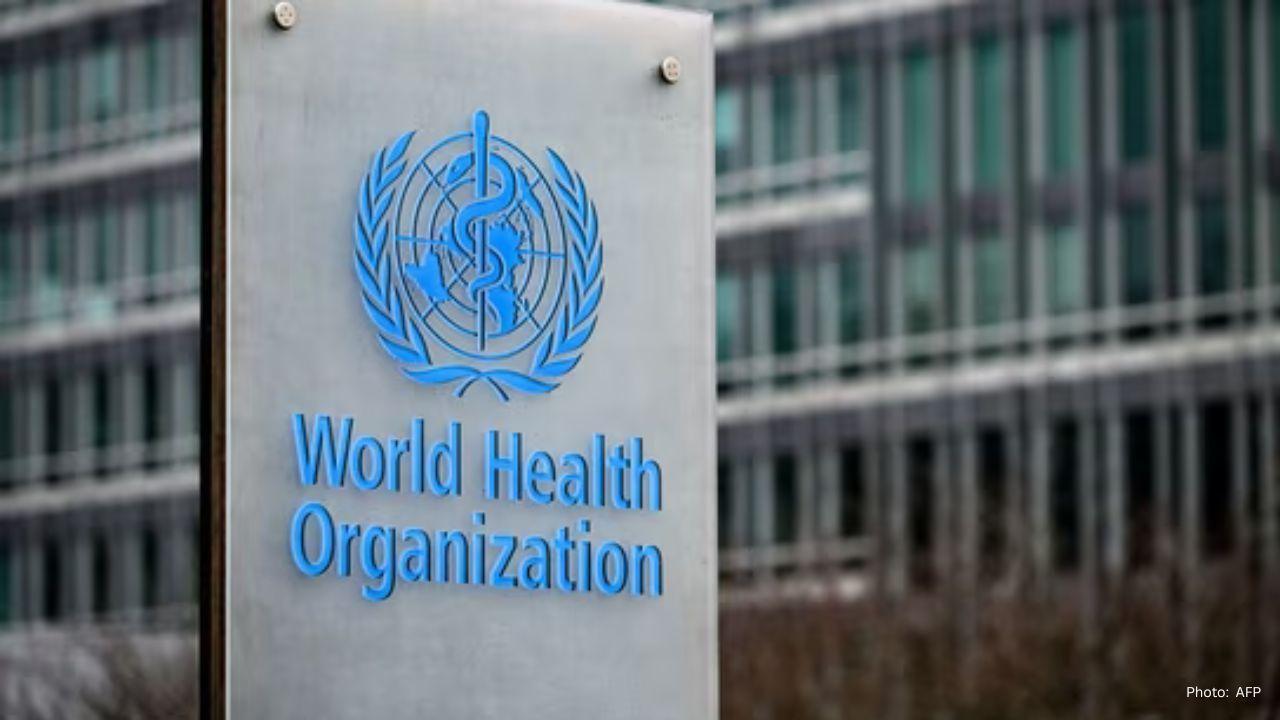
Join 10k+ people to get notified about new posts, news and tips.
Do not worry we don't spam!

Post by : Anis Farhan
Thailand has always been a heavyweight in global tourism. Known for its golden temples, pristine beaches, bustling markets, and vibrant nightlife, the country has long ranked among the top travel destinations worldwide. In 2025, after years of pandemic setbacks, Thailand’s tourism industry is roaring back to life. Bangkok, the country’s lively capital, is once again witnessing crowded airports, packed shopping districts, and full hotels.
But the big question remains: can Bangkok handle this surge sustainably, or will unchecked growth put pressure on the city’s infrastructure, environment, and communities?
Tourism is not just a leisure sector in Thailand; it’s a pillar of the economy. Before the pandemic, tourism contributed nearly one-fifth of the country’s GDP and supported millions of jobs. In 2025, the industry is rapidly regaining momentum, with visitor numbers surpassing expectations.
Bangkok, being the country’s main entry point, serves as the hub of this recovery. Suvarnabhumi International Airport is handling record passenger traffic, while Don Mueang Airport sees a steady flow of regional budget airlines. Hotels are reporting near-full occupancy, especially in popular districts like Sukhumvit, Silom, and Rattanakosin.
This revival is boosting local businesses, from street food vendors and tuk-tuk drivers to luxury hotels and shopping malls. The city’s economic pulse is beating faster than ever.
Industry analysts project that Thailand could welcome over 35–40 million international visitors in 2025, putting it back on par with pre-pandemic levels. Bangkok alone accounts for a large portion of this traffic. Tourists from China, India, Europe, and the Middle East are driving much of the recovery, while regional travelers from Malaysia, Singapore, and Vietnam are also contributing significantly.
Events like Songkran (Thai New Year) and the Loy Krathong festival are attracting global crowds, while Bangkok’s reputation as a shopping haven continues to draw fashion-conscious visitors. The city’s nightlife, from rooftop bars to entertainment districts, also remains a strong magnet.
While the rebound is welcome, it is also straining Bangkok’s infrastructure. Daily traffic jams in the capital are worsening as tourist buses and taxis add to already congested roads. Public transportation systems like the BTS Skytrain and MRT Subway are handling heavier loads than ever before, often pushing beyond capacity during peak hours.
Airports are another pressure point. Suvarnabhumi, despite expansions, struggles with long immigration lines and baggage delays. Don Mueang, which serves budget carriers, is also reaching its limits. Expansion projects are underway, but keeping pace with demand is a continuing challenge.
Hotels, though plentiful, are also under stress. Budget accommodations often get booked months in advance, leaving fewer affordable options for backpackers and mid-range travelers.
Bangkok’s tourism surge also raises environmental questions. Increased air travel means higher carbon emissions, while greater foot traffic contributes to urban pollution. Waste management remains a significant issue, as food packaging, plastics, and general tourist-generated waste pile up across the city.
Green tourism initiatives are emerging, with eco-friendly hotels, bike tours, and sustainable travel campaigns gaining traction. However, these are still in their infancy compared to the scale of the industry. Without stronger environmental policies, Bangkok risks long-term damage to its natural and cultural assets.
Beyond infrastructure and the environment, communities also feel the pressure of mass tourism. Popular neighborhoods often face overcrowding, rising rental prices, and the commercialization of cultural sites. Local residents sometimes struggle with noise, traffic, and inflated living costs caused by the influx of visitors.
Temples like Wat Pho and Wat Arun report record visitors, making it difficult for both worshippers and tourists to enjoy these spaces peacefully. Similarly, markets like Chatuchak and floating markets are increasingly oriented toward tourists, reducing the authentic charm that once defined them.
Balancing cultural preservation with tourist demand remains one of Bangkok’s toughest challenges.
Thailand’s government is keenly aware of both the benefits and challenges of tourism. In 2025, the Ministry of Tourism and Sports has introduced new strategies aimed at diversifying visitor flows. Instead of concentrating solely on Bangkok, authorities are encouraging travelers to explore secondary destinations like Chiang Mai, Phuket, and Isaan.
Digital visa systems, streamlined entry processes, and promotional campaigns have made Thailand more accessible. Meanwhile, “sustainable tourism” is being promoted to manage overcrowding, with policies to limit visitor numbers at certain sites.
Whether these measures can effectively balance growth with sustainability is yet to be seen.
Bangkok is increasingly adopting technology to manage the surge. Contactless payment systems, AI-driven hotel services, and smart tourism apps are making travel more efficient. Augmented reality guides allow tourists to explore temples and landmarks with virtual overlays, adding depth to the experience.
Airports are deploying automated immigration counters and biometric systems to speed up passenger flows. Meanwhile, data analytics helps city authorities track tourism patterns, anticipate congestion points, and plan accordingly.
These innovations show promise, but their full integration will take time and significant investment.
Despite challenges, one constant continues to work in Bangkok’s favor: Thai hospitality. Known as the “Land of Smiles,” Thailand thrives on its reputation for warmth and service. From hotel staff to street vendors, locals play a crucial role in ensuring that visitors feel welcome.
This human element, combined with affordability and cultural richness, gives Thailand an edge over other Asian destinations. Even when infrastructure strains show, the personal touch of Thai hospitality often keeps visitors coming back.
Bangkok isn’t competing in isolation. Other Asian cities like Singapore, Kuala Lumpur, and Ho Chi Minh City are also vying for international tourists. Each offers unique experiences but also targets overlapping markets, especially in shopping, nightlife, and cultural attractions.
For Bangkok, the challenge lies in staying competitive while not overwhelming itself. Its affordability and cultural depth remain strong assets, but it must ensure that these are not overshadowed by overcrowding or poor infrastructure.
While challenges exist, the rebound also brings opportunities. New investments in hotels, transport, and attractions are creating jobs and boosting the economy. Culinary tourism is flourishing, with Bangkok street food gaining international recognition. Shopping districts are expanding, catering to middle-class travelers from Asia and beyond.
The rise of health and wellness tourism is another area of growth. Bangkok’s spas, wellness retreats, and medical tourism sector are attracting visitors seeking more than just sightseeing. This diversification can help reduce pressure on traditional hotspots.
Looking forward, the key to managing Bangkok’s tourism boom lies in balance. Authorities, businesses, and communities must work together to ensure that growth does not come at the expense of sustainability. Expanding infrastructure, investing in green initiatives, and dispersing tourists across the country will be vital.
If Bangkok manages this balance, it can remain one of the world’s most beloved destinations while avoiding the pitfalls of overtourism. The year 2025 marks a turning point — whether the city thrives or struggles depends on the choices made today.
This article is intended for informational and editorial purposes only. It reflects current tourism trends and projections for Thailand in 2025 and does not constitute travel advice or official government policy. Readers are encouraged to check updated guidelines before making travel decisions.










Conway Shines as New Zealand Edges Out West Indies in Napier
Devon Conway and Rachin Ravindra propel New Zealand to a five-wicket victory over West Indies, clinc

Ja'Marr Chase Faces One-Game Suspension Following Spitting Incident
Bengals' Ja'Marr Chase receives a one-game suspension after spitting on Jalen Ramsey; his appeal has

England Names 12-Man Squad for Opening Ashes Test in Perth
England reveals a 12-man squad for the first Ashes Test in Perth, featuring Shoaib Bashir and a pace

Roger Federer Inducted into Tennis Hall of Fame in Historic First Year
Tennis icon Roger Federer receives Hall of Fame recognition in his first year, alongside renowned co

Steve McClaren Steps Down as Jamaica’s Head Coach Following World Cup Qualifying Draw
After a crucial goalless draw with Curacao, Steve McClaren resigns as Jamaica's head coach, leaving

Daryl Mitchell Tops ICC ODI Rankings, Updates Released
Daryl Mitchell ascends to No.1 in the ICC ODI rankings, with boosts for players from New Zealand, In